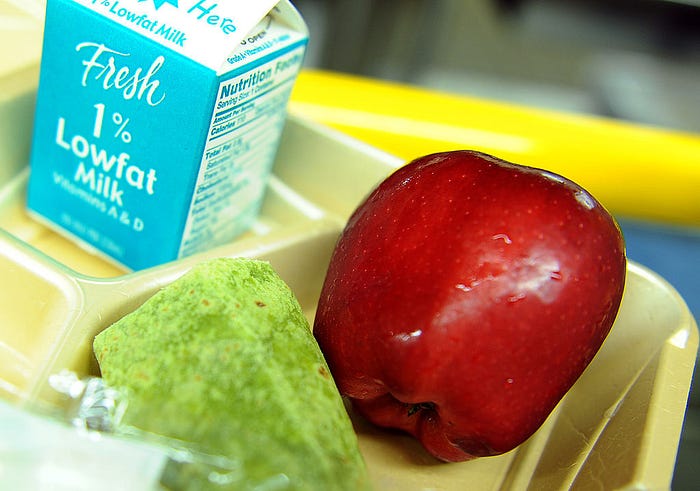Member-only story
Is Low-Fat Milk Really Healthier?
The debate is alive and well in medical circles and beyond

The Dietary Guidelines for Americans are the U.S. government’s formal nutrition policies, and they’ve long recommended that people consume fat-free or low-fat dairy. Likewise, the rules governing America’s public-school lunch programs prohibit schools from serving kids 2% or whole milk; only 1% and nonfat milk are allowed (although a bill now in Congress, if passed, would remove these milk restrictions).
The long-standing government promotion of low-fat milk makes sense for those who subscribe to the “fat is fattening” logic that dominated popular diet strategies during the 1980s, 1990s, and 2000s. Milk fat is certainly energy-dense: According to the U.S. Department of Agriculture’s nutrition database, a cup of whole milk contains 63 more calories than a cup of skim. Milk fat is also a source of saturated fatty acids, which have been linked to elevated levels of LDL cholesterol — a risk factor for heart disease. Promoting low-fat milk seems like a good way to lower people’s risks for weight gain and heart disease.
“All the arguments that have been made against dairy fat are, theoretically, quite plausible,” says Mario Kratz, a nutrition and disease researcher at the University of Washington and Seattle’s Fred Hutchinson Cancer Research Center. “But when you ask me if the current evidence supports the recommendation to consume low-fat dairy, the answer clearly is no.”
In a 2013 research review, Kratz and colleagues found that people who consume the most full-fat dairy experience lower rates of obesity and cardiovascular disease than those consuming fewer full-fat dairy foods. The following year, he coauthored a study in The American Journal of Clinical Nutrition that found dairy fat consumption is linked to both improved glucose tolerance and lower levels of liver fat.
“Dairy fat is the most complex fat that humans eat,” Kratz says. “It contains 400 or so different fatty acids, and the biological activity of many of those is not fully understood.”
He highlights one, butyric acid, which is a short-chain fatty acid that bacteria in the human colon produce when breaking down some forms of fiber. Research on butyric acid suggests it is essential to…

